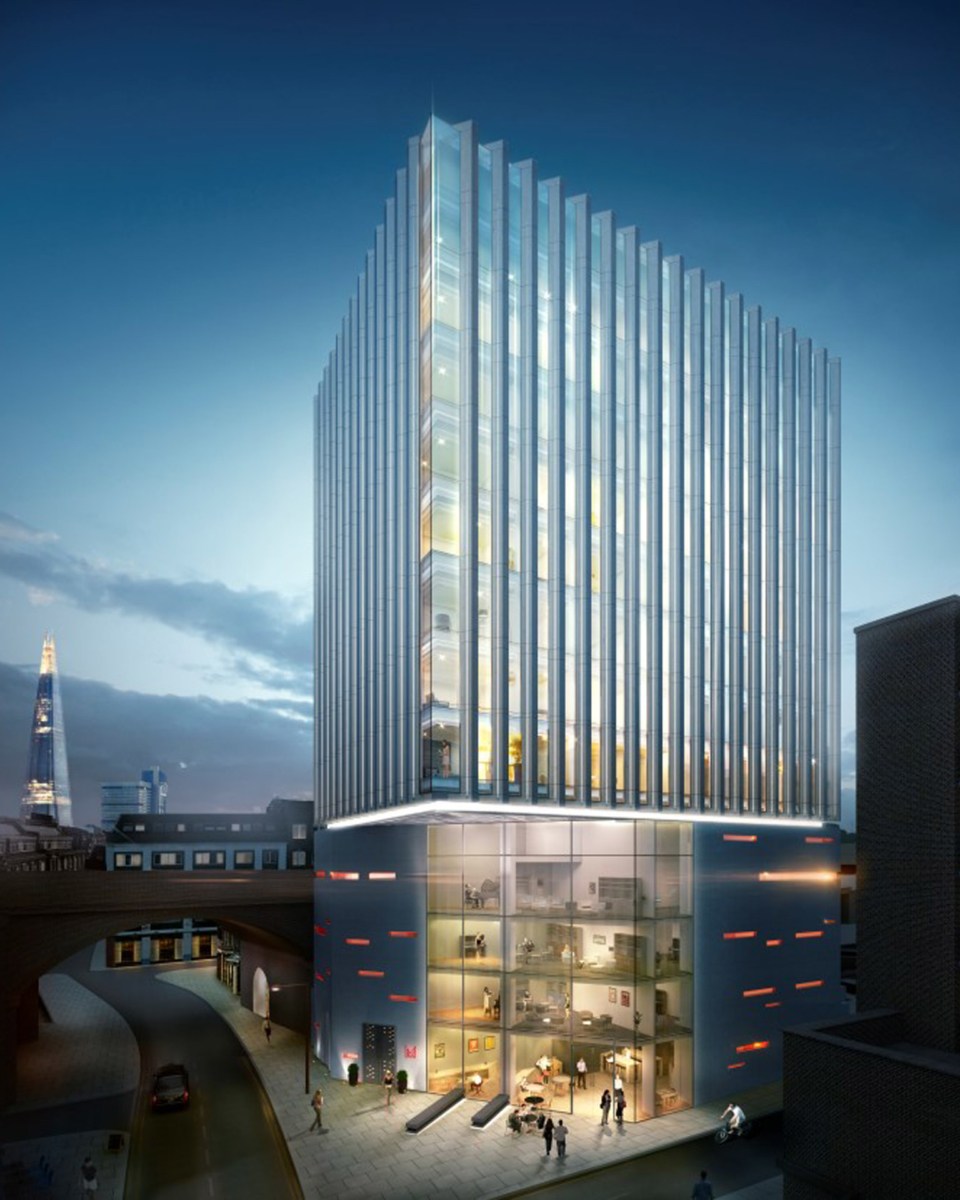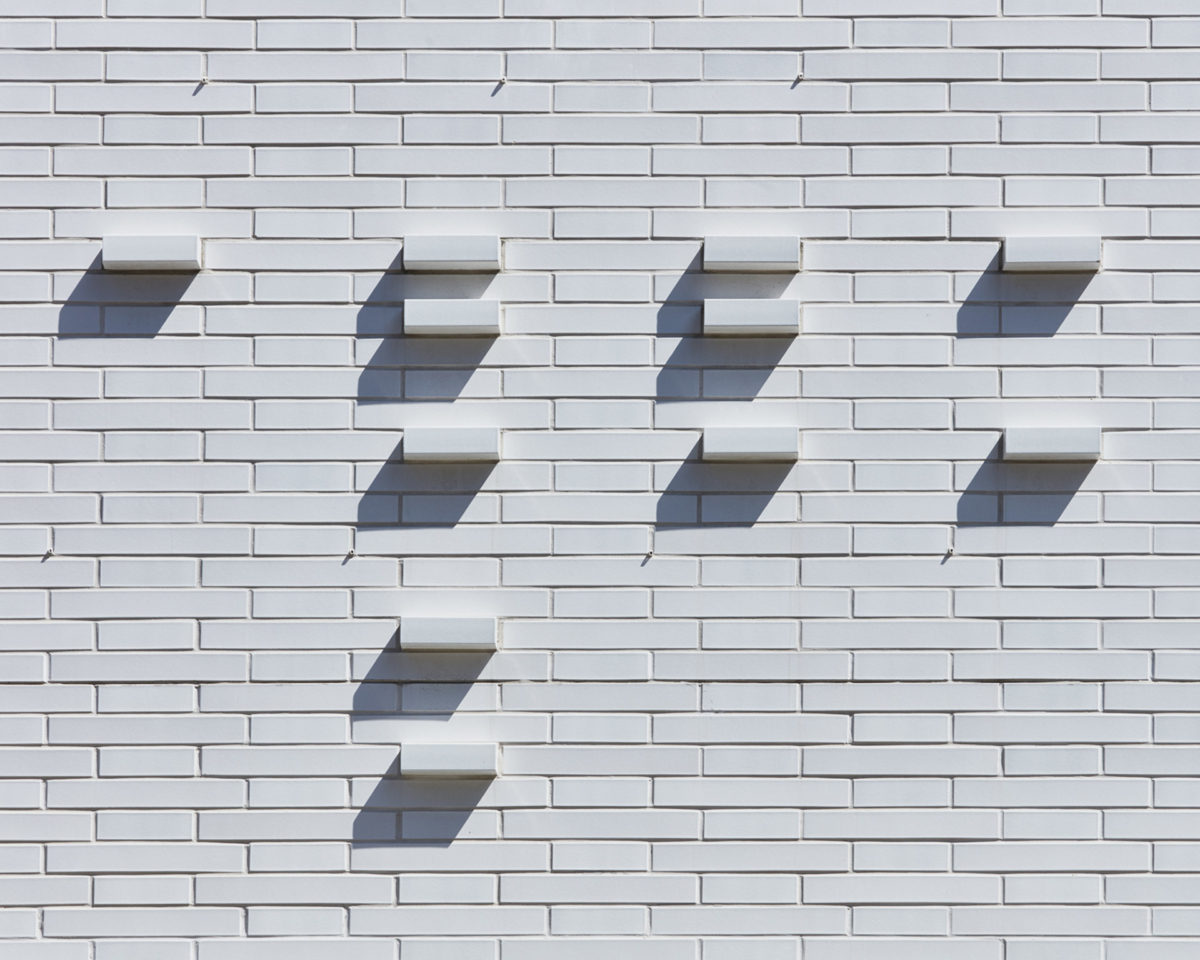Introduction
A Place for Living; A Space for Learning. The Music Box is a cubed shaped campus for the London College of Contemporary Media. Adopting the proportions of the golden section, the building is in two parts. The purity of the form is reflected in the simplicity of the external surfaces, but it is the erosion of this cubic form that truly defines the building whilst creating a longitudinal distinction between the music college and the 10 storeys of affordable and private residential units above.
Gallery
Discover
The inspiring brief for the new LCCM campus called for a unique creative environment; a space which welcomes artistic and intellectual exploration in order to advance the philosophies of modern music whilst successfully combining the educational facilities of the building with mixed tenure residential accommodation.
The concept and architectural approach were derived through the desire to reflect the creative energy that is generated inside the college onto the streets outside to engage both its users and the public.
The Music Box contains four floors of rehearsal and performance spaces, a ground floor café, basement bar and music venue, it is the only conservatoire of its type in Europe to focus solely on contemporary music.
“We love our new home, around every corner and at every turn there are recording studios, mac labs, practice booths and performance rooms buzzing with the creative talent of the future. The design of the building is fantastic, inspiring and creative in every way. To put it simply – it’s very cool!”
Darius Khwaja, Founder and Principal of the London College of Creative Media
Detail
The building has been conceived as an urban marker to create a new distinctive cultural corridor between Southwark Station and the southern entrance to Tate Modern.
Geometric pointers are fused into the architecture to support the wayfinding concept.

